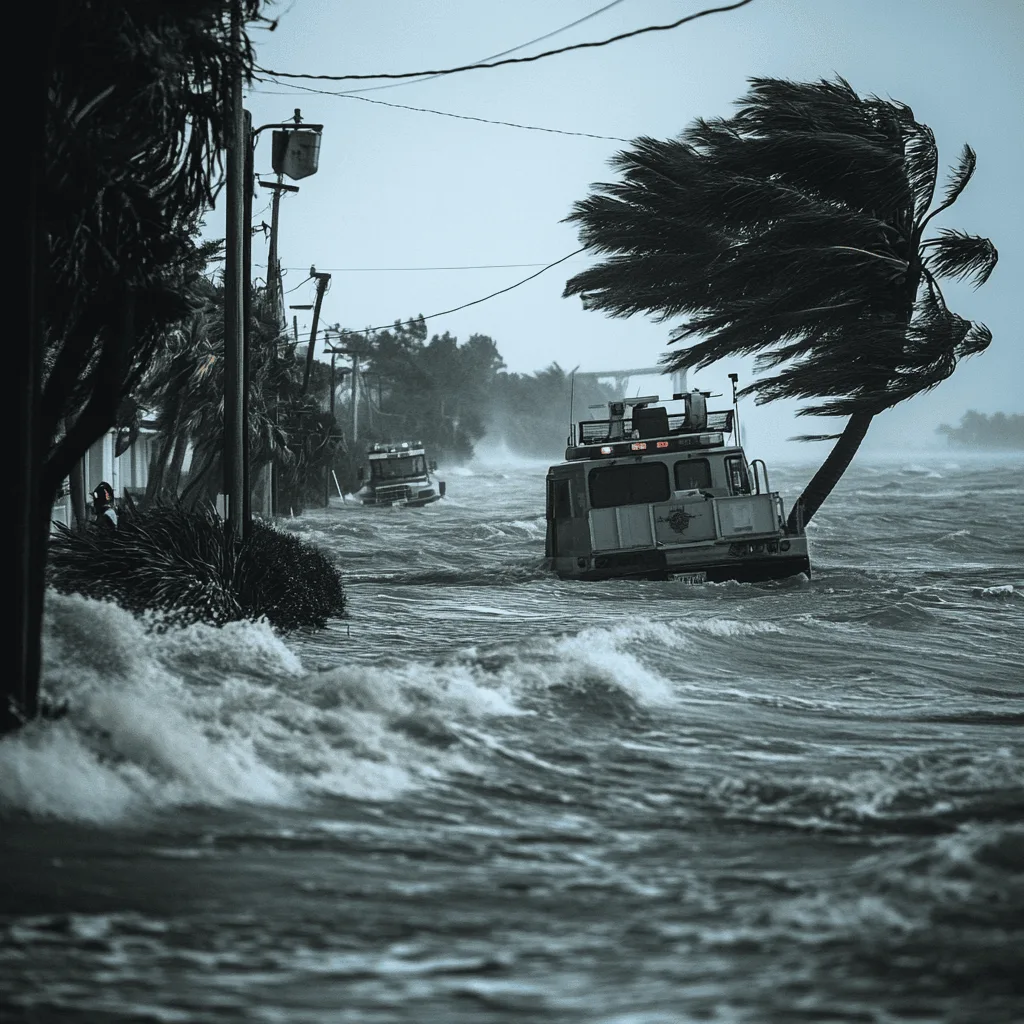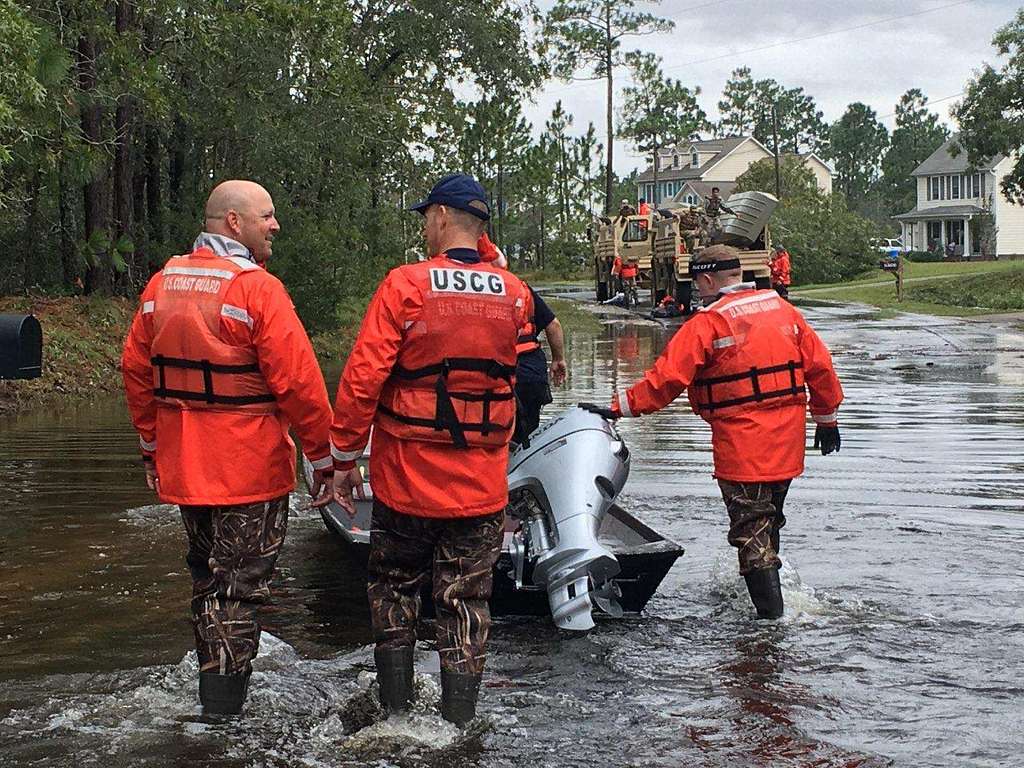
As we covered in our last piece, current emergency management tactics reflect an approach to community engagement and information management that is fundamentally flawed. Updated solutions that grapple with the threats posed by silos to emergency management are necessary. This will require new approaches to information management that create new data architectures built for the era of “big data” while expanding collaboration between traditional public safety agencies and other community organizations.
This article is the third in our three-part series covering information silos and their effects on incident response. Here we will consider potential solutions to the problems posed by information silos. Our first piece defined data silos for public safety, and our second piece outlined the pitfalls of silos for incident mitigation, preparedness, response, and recovery.
Core tenets of a conceptual framework for collaboration
Although breaking down information silos is crucial to the future of emergency management, the path forward is uncertain. Silos are not the result of a particular bad policy or technology, but instead reveal systematic shortcomings that limit first responders’ adaptiveness and access to resources.
Therefore, any attempts to increase collaboration between community stakeholders will require a coordinated set of actions united by common goals and principles. This consideration guided the development of Building Community Disaster Resilience Through Private-Public Collaboration, a National Research Council (NRC) report requested by the Department of Homeland Security and created by emergency management experts from the National Academy of Sciences, the National Academy of Engineering, and the Institute of Medicine.
Rather than present a checklist of actions to be taken by local agencies, the report focused on creating a conceptual model for private-public collaboration. Conceptual models outline core principles for potential solutions, like prioritizing local rather than federal authority. This allows flexibility in how different communities implement those principles.

Volunteer member in Colorado helping deliver resources in 2013.
The resulting model presented by the report pulls from scholarship in fields such as public health and environmental protection, and focuses on building resilience for all types of events, ranging from minor disturbances to full-blown disasters. This article will focus on three core components of successful emergency management highlighted in the report: locally-driven resilience efforts, decentralized organization, and recognizing network diversity.
Starting local: Creating targeted solutions for specific communities
As noted above, the report prioritized flexibility in emergency management planning over creating specific guides for action. This same principle is the justification for coordinating resiliency efforts at the local rather than national level.
Local communities can vary drastically in terms of environmental and climate conditions, population demographics, degrees of existing emergency management infrastructure, financial resources, and many other variables.
Additionally, emergency managers must conduct an accurate risk assessment for each community. This makes local community leaders, who have more established relationships with relevant stakeholders, far better suited to this task than national organizations.
This focus on local organizing is reflected in national approaches such as the FEMA National Response Framework, which proposes a “tiered response” to emergencies. National organizations and governments still play important roles in allocating additional resources and funding, but the primary responsibility for disaster management falls to local leaders.

FEMA evacuation team in Washington D.C. in 2008.
Collaborative solutions: Bringing non-government stakeholders to the table
In our article on the pitfalls of data silos for emergency management, we outlined the multitude of harms that result from the exclusion of community members from disaster planning. Without proper collaboration, marginalized communities are left to suffer and existing community resources remain unknown to emergency response personnel.
As the NRC report notes, these harms can result in part from the traditionally “vertical” organization of emergency response efforts. Vertical forms of organization focus on centering government agencies as the only meaningful decision makers and creating strict regulations for non-government actors to adhere to.
The report argues that these hierarchical collaboration structures can minimize community investment, since businesses and public advocacy groups are left with minimal control over the direction of public safety decisions. This in turn hinders the development of long-term community networks to maintain collaboration efforts.
More collaborative systems allow for horizontal organization, with non-government stakeholders shaping mitigatory and response efforts. This approach prioritizes the development of interdependent networks over traditional hierarchical structures.
Within this model, government agencies take on a facilitator role rather than a leadership one. With the goals of enabling community engagement, building connections with national organizations and other communities, and providing technical knowledge and skills for disaster response, state and federal entities provide local communities the resources and support they need.
These approaches are not zero-sum, and some degree of oversight from public safety agencies is necessary to effectively direct actions across the four stages of emergency management. However, moving toward more decentralized strategies can improve information-sharing and help to break down silos.

Emergency response team removing debris from EF4 tornado in Tennessee in 2008.
Avoiding “generic” populations: Recognizing diversity within local populations
In order to establish these decentralized strategies, it is important to never think of a region as homogenous, but instead to emphasize the importance of cooperation and solutions that focus on network diversity. As seen in our second piece outlining the need for a framework for incident response, comprehensive engagement is only possible through cooperation.
Disaster relief cannot be comprehensive and effective without consideration of the entire community, including people with disabilities, those who don’t speak English, cultural differences, and other minority groups. Addressing the needs of these subgroups within a population allows for holistic emergency management services and proficiently aids a community in a time of crisis.
By not generalizing, this creates the opportunity for collaborative and targeted solutions that are both locality-specific and all-encompassing.
Solutions to Silos
The NRC’s report provides a framework for determining what solutions are best for overcoming data silos in public safety. The following are specific solutions that have been implemented recently by public safety agencies.
Leveraging local networks for resource management
Resource management is a critical component of disaster preparedness. Surveying available skills and resources allows a community to cultivate targeted emergency response plans and enables faster and more informed action during an incident. However, current resource management systems are limited by barriers to information-sharing between public safety, other government agencies, and non-government stakeholders.
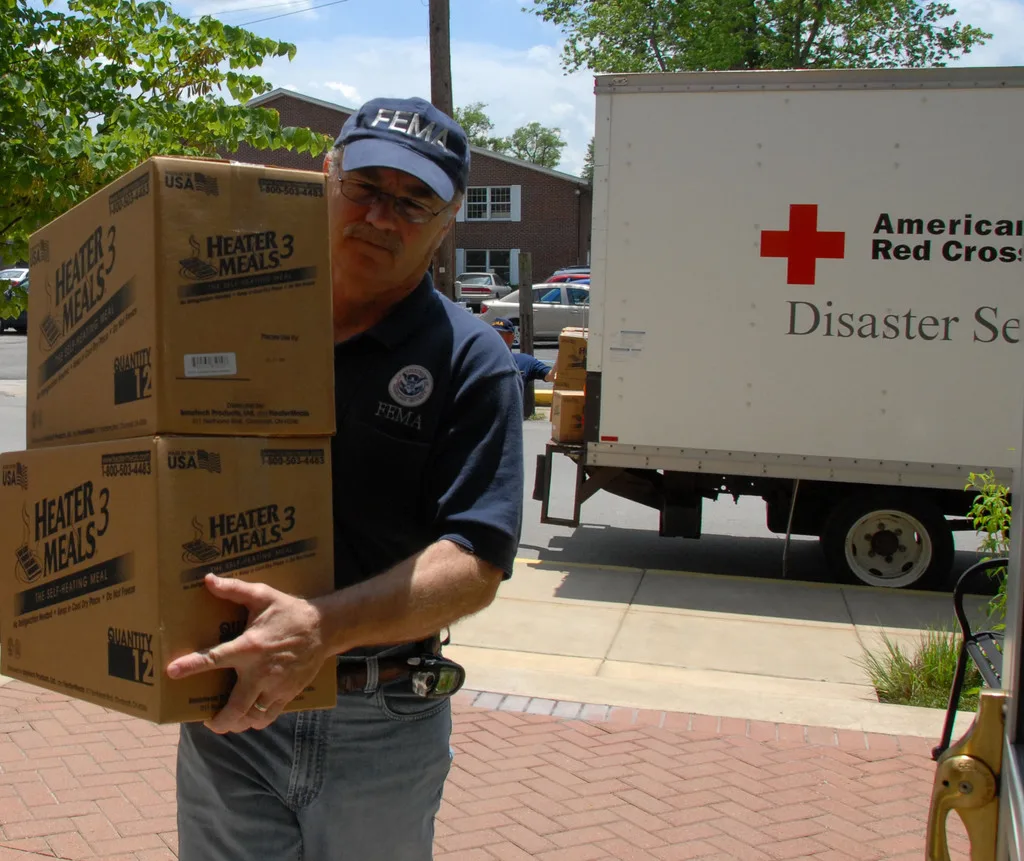
FEMA delivering resources to community members following a flood in Indiana in 2008.
In the wake of Hurricanes Ida and Zeta, the New Orleans NOLA Ready program has begun to break down these barriers by developing a network of local organizations that can provide support during the recovery phases of major disasters. NOLA’s 211/Vialink is a phone referral service that connects the caller with necessary resources across 4,000 organizations for healthcare, housing, employment, food, and more, allowing residents to take action without relying on public safety agencies.
Through the creation of networks and plans specific to each region, NOLA Ready is making local resources more transparent to all stakeholders. By recognizing the localized needs of a region, as well as aptly providing services for the community’s diverse populations and demographics, New Orleans serves as a pillar for deconstructing data silos.

FEMA press conference for community readiness for Hurricane Katrina in 2006.
Local resource management networks are also important for improving efforts during the other phases of incident management by allowing all stakeholders to make more informed decisions before and during an incident. Drexel University has taken steps towards establishing these networks by offering a national database for resources, with separate categories for professional responders and the general public.
These resources not only include universal information for disaster readiness and response, but provide links to each states’ FEMA response page with helpful regional information and resources.
For the community, by the community
Education-based community outreach promotes ongoing, organic collaboration. Community leaders can build networks based on perceived necessity, training volunteers for emergency response, management, and resiliency. Training and educational initiatives enable the public to learn about disaster relief and response, in order to cultivate individual, family, and community strategies in times of need.
FEMA’s Community Emergency Response Team (CERT) offers educational and training opportunities for volunteers to prepare for disasters and specific hazards they may encounter in their area. These basic skills, including fire safety, team organization, and medical operations, are crucial to supporting individual communities, as professional responders can now focus on more complex tasks.
CERT programs promote a team approach to preparedness and response. With the educational tools they provide, the public can be prepared to handle individual situations without relying on professionals entirely. By encouraging the open dialogue and “tiered response” of local action, both professionals and volunteers can engage in real-time analysis and action to reduce the harm of legacy data management strategies.

Los Angeles Fire Department’s CERT team preparing for disaster drill.
Educational programs can also target members of the general public who are not necessarily capable of taking on a leadership position during an incident. The Department of Education Disaster Recovery Unit (DRU) recently passed an initiative in 2018 to “support all school community stakeholders affected by Federally declared natural disasters across the K-12 and higher education spectrum.”
This unit’s framework provides numerous informational programs and educational presentations across schools in the United States to increase family preparedness for disasters. Additionally, the DRU encourages ongoing collaboration across federal and state agencies through four grant programs: Emergency Impact Aid for Displaced Students (EIA); Immediate Aid to Restart School Operations (Restart); Assistance for Homeless Children and Youth (ACHY); and Project School Emergency Response to Violence (SERV).

Department of Education’s mandated earthquake drills.
Through initiatives like the DRU, public safety is no longer owned by just first responders. Instead, in the aftermath of a natural disaster, the DRU has initiatives and response measures in place to support the recovery of education services while mitigating the impact of data silos. This is foundational to connecting communities with third parties and other neutral organizations.
Third Party Actors without Personal Interests
The creation of neutral teams and organizations paves the way for an apolitical approach to emergency response management. A third party that isn’t beholden to public regulations or profit interests can truly prioritize emergency response, ensuring the community’s connection to resources and officials during an actual incident.
This is founded on public-private partnerships which can mitigate the risk of individual interests to instead bolster local safety and security. By moving away from international humanitarian groups, national funding, and even state governments, local entities with as few personal or private interests as possible encourage a more collaborative approach.
For example, the Earthquake Country Alliance (ECA) is a grassroots partnership of people and organizations committed to emergency preparedness, mitigation, and resiliency. Through the creation of “regional alliances, sector-based committees, and outreach bureaus,” ECA strives to organize collective and collaborative efforts as transparently and efficiently as possible.
Because this data is no longer stored in regional departments, these kinds of alliances transcend specific jurisdictions and legal processes. Data can instead easily be accessed and shared via this network, and is no longer under the jurisdiction of certain groups but instead is readily available to the general public through this neutral organization.
Another example of a neutral organization supporting local action is the United Americans Disaster Response Team (UADRT). Started by first responders, emergency management field members, veterans, and public safety officials, DRT relies on public-private partnerships for community response preparation, resource delivery, and financial assistance.
As a public charity, this team is “framed around public trust and transparency” to strengthen individuals through education. UADRT has created an educational video series and standardized training system for communities across the United States. Similar to CERT, DRT offers an unbiased team for community assistance, but uniquely is a singular entity that enacts locality-specific response and recovery services.
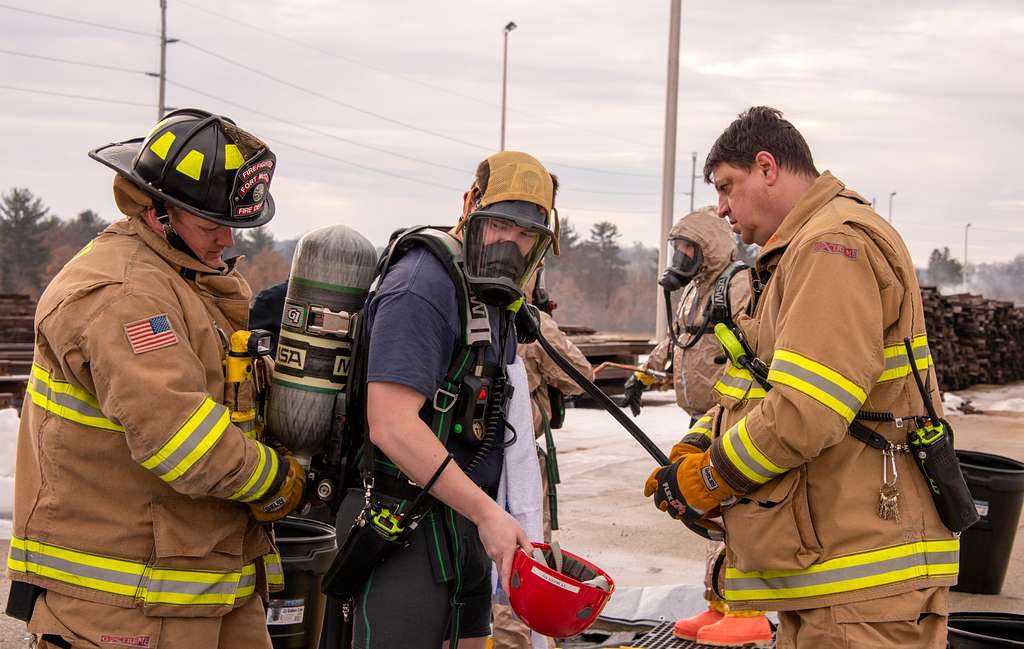
Firefighters working alongside the Directorate of Emergency Services during an incident response drill in 2019.
Although DRT is a national organization, these teams are deployed to enact regional solutions based on community needs. Their Smart Education series is universal and can be applied across the country to ensure community and individual readiness, as well as proper emergency response measures.
Considering Everyone: New Platforms for Marginalized Communities
Info-sharing networks rely on a single server with numerous network outlets. Community-based networks can create direct, ongoing connections with local populations and therefore can reach individuals and households as quickly as possible. Beginning at the lowest jurisdictional level, these networks surpass the bureaucratic process to instead rely on informal and formal networks to share crucial information.
As seen with the Kentucky Outreach and Information Network (KOIN), some of the most difficult-to-reach populations — such as those who live in remote rural areas, do not speak English, and the deaf and hard of hearing — are often inaccessible by radio, television broadcasts, or even word of mouth.

Flooding after a severe storm in Jackson, Kentucky in 2009.
These underrepresented and marginalized communities can therefore either be referred to or directly connected with Kentucky’s Department for Public Health Preparedness Branch to receive individualized support and resources. Info-sharing platforms that consider and further incorporate marginalized populations allow for all community members to be aided during a time of emergency.
Perimeter also offers an info-sharing platform for all types of incidents and emergencies. Our real-time evacuation management system communicates important information across the fire, legal, managerial, and public sectors. Perimeter is unique in that the company publishes trusted resources and evacuation instructions to a single, accessible website, allowing increased accessibility of public safety announcements to individual communities.
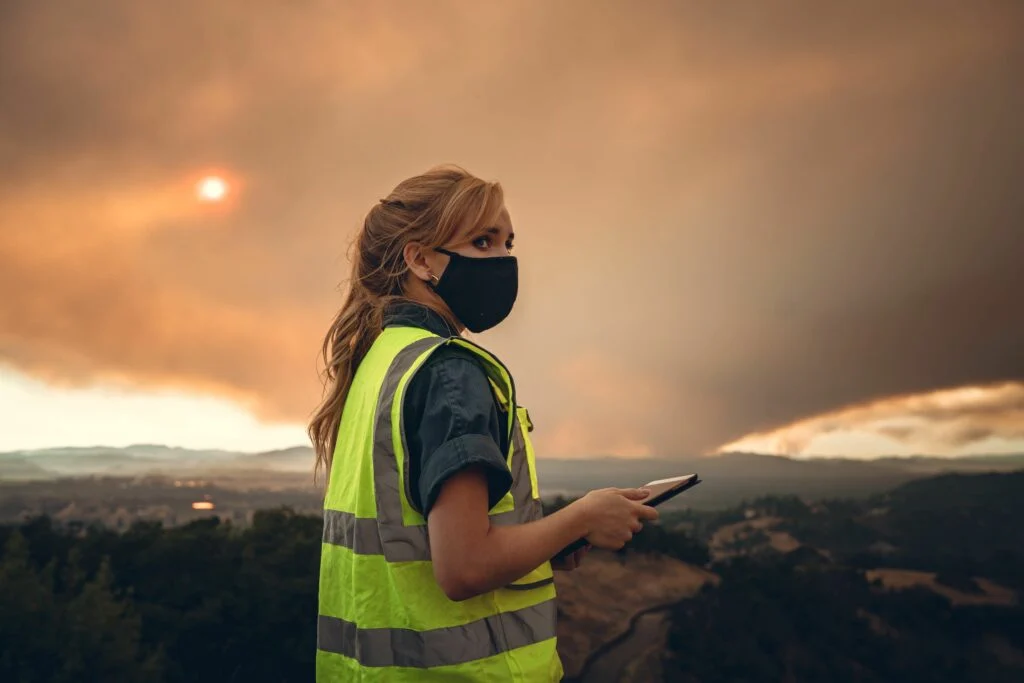
Perimeter CEO Bailey Farren optimizing company’s info-sharing network.
Furthermore, emergency departments can upload department data to our emergency mapping software before a disaster even starts to save time during the actual incident. Easy-to-use, individual apps like Perimeter’s allow for collaborative information to be widely circulated, decentralizing information to reduce the number and impact of data silos.
Moving beyond silos: Collaboration in incident response
This third and final article for the data silos series concludes with the need for change within individual communities’ preparedness and response to natural disasters. While the first two pieces explain the origins of these silos and its impact on the four phases of emergency management, data silos can be mitigated by implementing this article’s four solutions.
By Kelsey McIvor. Questions? Get in touch at kelseymcivor@perimeterplatform.com.


 Perimeter Staff – June 28, 2023
Perimeter Staff – June 28, 2023 


